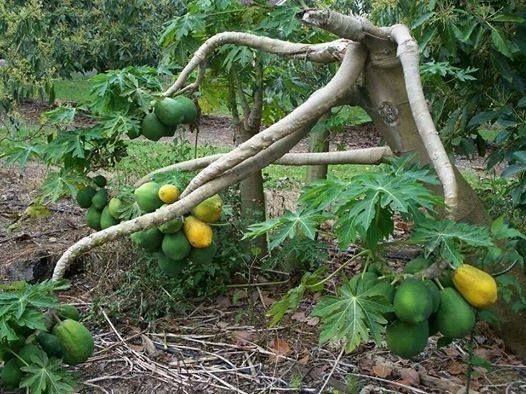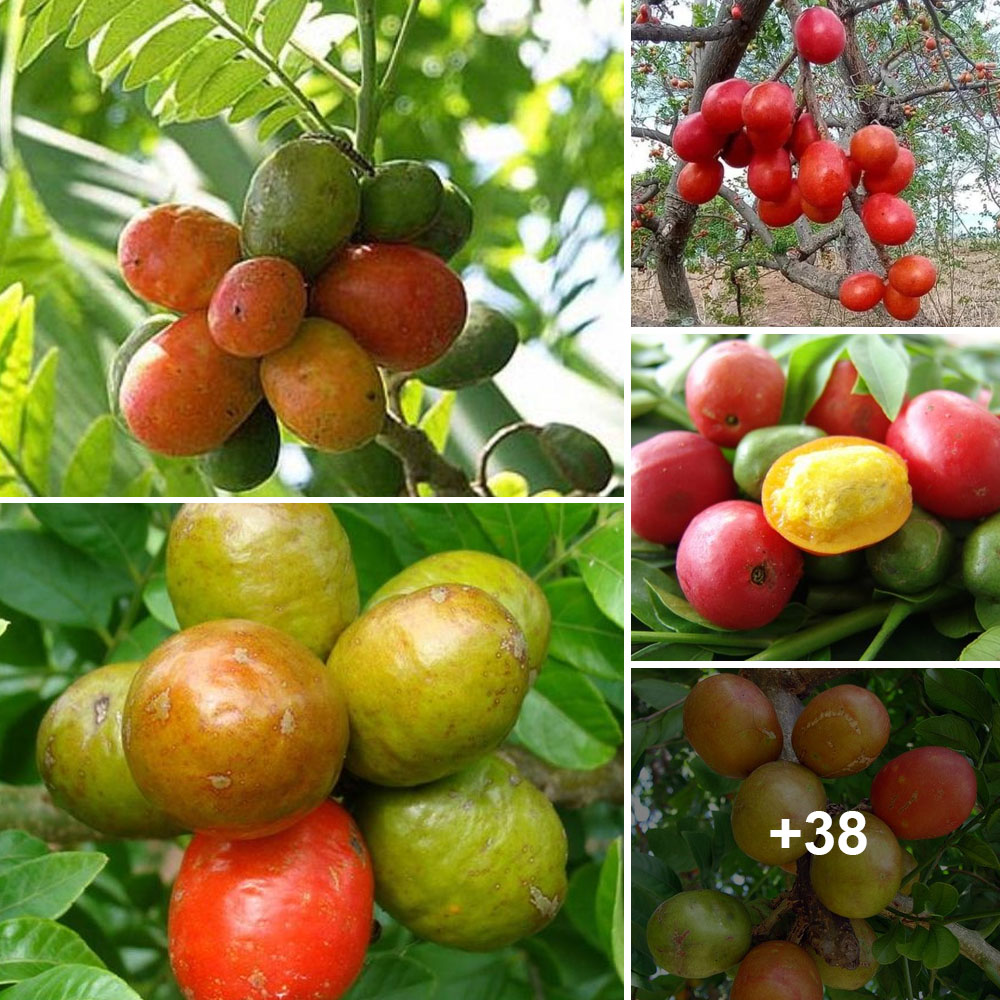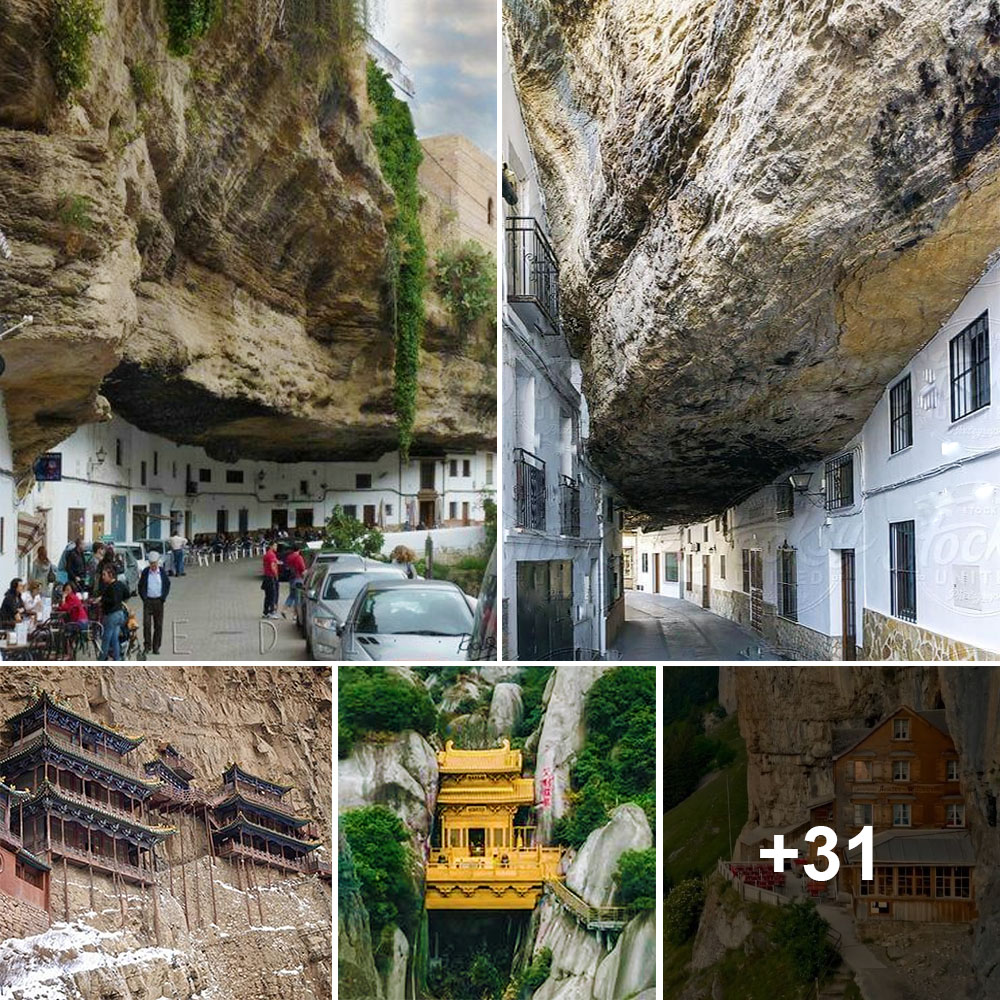Every year, travellers head to Patagonia to marvel at the vast glaciers, huge open skies and soaring mountains. But at Omora Ethnobotanical Park on Tierra del Fuego, visitors are encouraged to think small.
Tierra del Fuego, a remote, windswept archipelago at the bottom of South America, might offer little in terms of animals and trees, but when it comes to lichen, fungi and bryophytes (the collective name for mosses, liverworts and hornworts) it is among the richest corners of the planet.

Tierra del Fuego is one of the richest corners of the Earth in terms of bryophytes (Credit: Felipe Gera)
“In an area that represents less than 0.01% of the Earth’s land surface, we find more than 5% of the world’s bryophyte species,” said Chilean botanist Ricardo Rozzi, who is a passionate advocate of sustainable eco-tourism in the area. “And what’s more, because it’s so isolated here, over half of them are endemic.”
Rozzi is co-founder of Omora, located on Navarino Island, one of the larger islands of Tierra del Fuego and the last inhabited spot before Antarctica. It’s a world away from the trekking, rafting, kayaking and mountaineering for which southern Chile and Argentina are better known. Instead, visitors are encouraged to engage in a quiet, low-key kind of eco-tourism.
On entering the park, you’re given a magnifying glass and, guided by botanists, are invited to get down on your hands and knees to delve into the weird, little-known world of Tierra del Fuego’s “miniature forests” – the moss cushions and lichen crusts that cover the rocks and trees. Focus is key: as you tiptoe and crawl through the park, it is easy to miss or even step on them.

Omora Park visitors are encouraged to explore these miniature forests with magnifying glasses (Credit: Adam Wilson)
“It’s a tourism that forces us to change our rhythm,” Rozzi said. “It requires calmness and attentiveness.”
I wondered how interesting mosses could be. But when I got up close, they started to come to life. Shapes and colours emerged that were not visible to the naked eye. One lichen was bright yellow, while another was green with a bright red tip like a little hat. Others looked grey and dull until I looked more closely and realized they were made of interlocked black-and-white shapes like crazy paving.
The minute plants played host to even smaller insects, snails and other creepy crawlies. Spores protruded from the mosses like tiny trees, and the moss cushions indeed started to resemble miniature forests.
One of the strangest lichens was Protousnea Magellanica, more commonly known as Old Man’s Beard, which looked like wispy spaghetti and hung off the trees in delicate webs. According to my guide Lily Lewis, it plays a vital role in the growth of the forest, trapping nutrients and salts blown in on the ocean wind.

The rare Old Man’s Beard grows extravagantly in the clean environment of Tierra del Fuego (Credit: Gideon Long)
Old Man’s Beard is extremely vulnerable to pollution, and has all but disappeared across much of the planet. But in Tierra del Fuego, where the air and rain are among the cleanest on the planet, it grows extravagantly.
“The hand lens is your entry point into the world of the miniature forests,” Lewis said. “Looking through a lens reminds you that there are other perspectives from which we can view the world.”
Rozzi was inspired to found Omora Park after a near-death experience while leading a scientific expedition to the wild, uninhabited islands of Cape Horn, just a few kilometres south of Omora, in 2000. He became separated from his group and slipped into a peat bog. As he slowly sank, he had time to notice the spectacular variety of mosses and liverworts around the edge of the pool.
Hours later, his colleagues found him and hauled him out, semi-conscious. The vision of the exuberant vegetation remained with him.
“I thought to myself, if I, as a biologist, know so little about these plants, then how much less do other people know?” he recalled.

Some of the mosses and lichens in southern Patagonia are found nowhere else on Earth (Credit: Gideon Long)
(Credit: Gideon Long)

Some of the mosses and lichens in southern Patagonia are found nowhere else on Earth (Credit: Yanet Medina)
(Credit: Yanet Medina)

Some of the mosses and lichens in southern Patagonia are found nowhere else on Earth (Credit: Gideon Long)
(Credit: Gideon Long)

Some of the mosses and lichens in southern Patagonia are found nowhere else on Earth (Credit: Yanet Medina)
(Credit: Yanet Medina)
He began to research, and soon discovered there are mosses and lichens in southern Patagonia that are found nowhere else on Earth.
In fact, when Charles Darwin first set eyes on Tierra del Fuego in the 1830s, he was both fascinated and horrified by its “savage magnificence”.
“A single glance at the landscape was sufficient to show me how widely different it was from anything I had ever beheld,” he wrote in his account of his travels, as his ship, The Beagle, rounded the bottom of Argentina and headed westwards towards Chile.
The traveller in him was awestruck but the botanist was unimpressed.
“The zoology of Tierra del Fuego… is very poor,” he complained. “The gloomy woods are inhabited by few birds.” He found the forests to be “sombre and dull”. “Two or three species of trees grow, to the exclusion of all others,” he wrote mournfully.
But one thing caught his eye.

The fungus that caught Charles Darwin’s attention is now named in his honour (Credit: Flickr/ilya_ktsn)
“There is one vegetable production deserving notice…” he said. “It is a globular, bright-yellow fungus, which grows in vast numbers on the beech trees.”
Darwin was on to something. The fungus is now called Cyttaria Darwinii in his honour and it is one of many that make the vegetation of Tierra del Fuego so special.
“Cape Horn and the Galapagos Islands are the two most iconic destinations from Darwin’s voyages,” Rozzi said. “The Galapagos have already told their story. We’re just starting to tell ours.”





